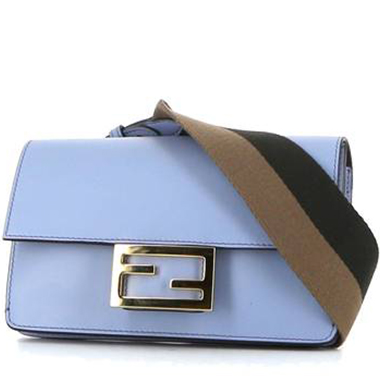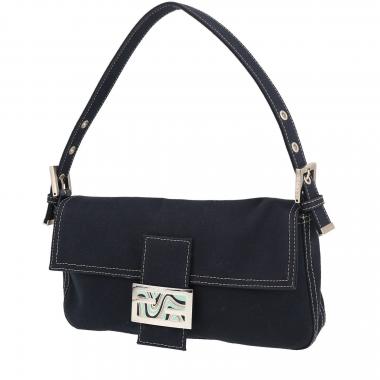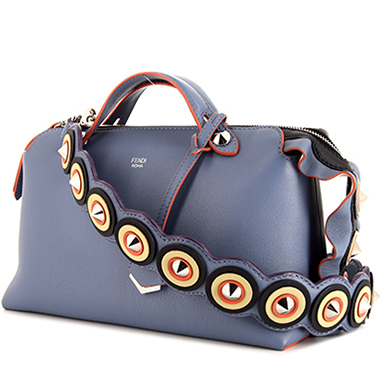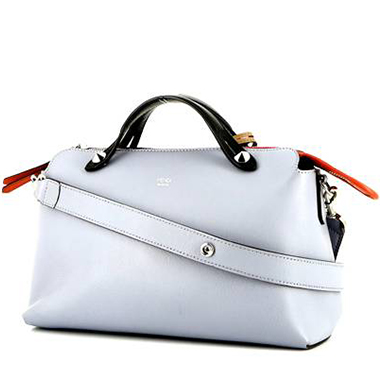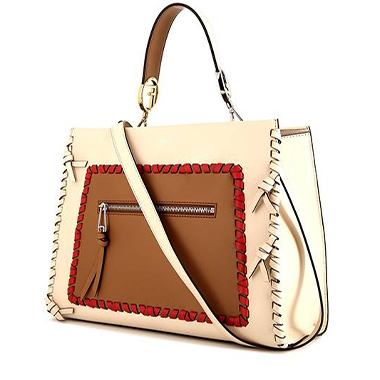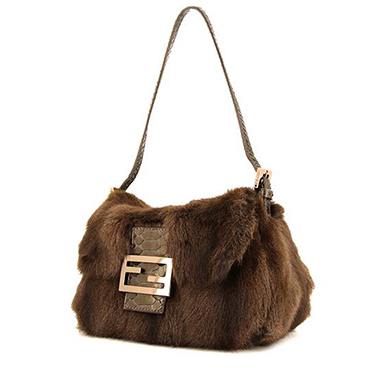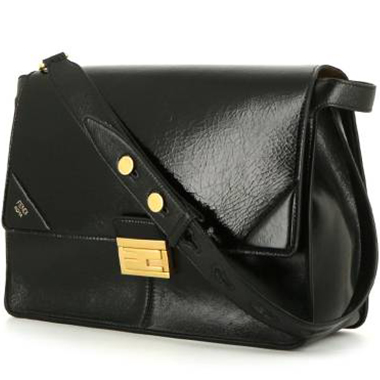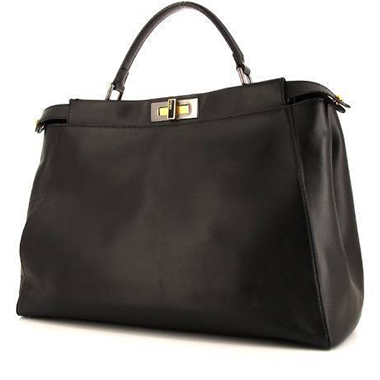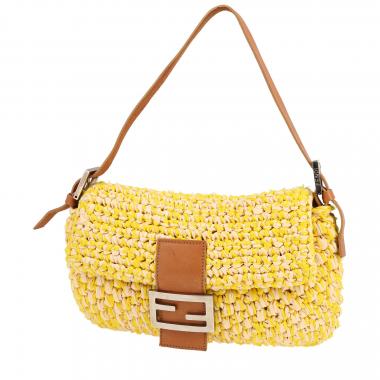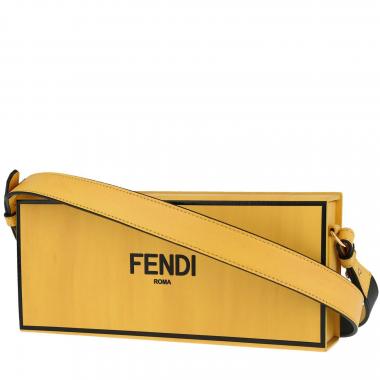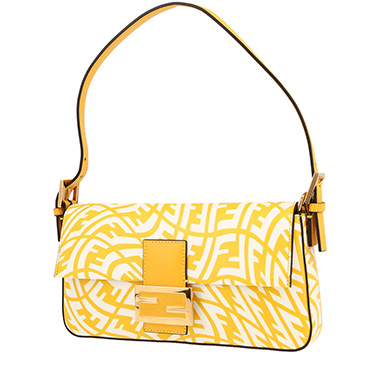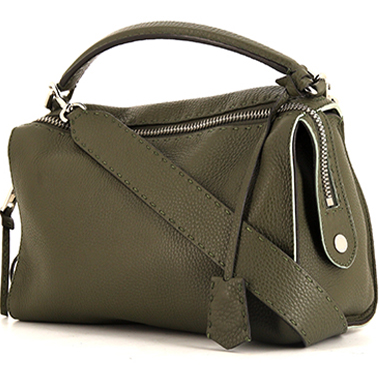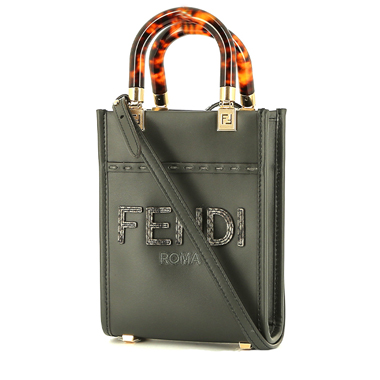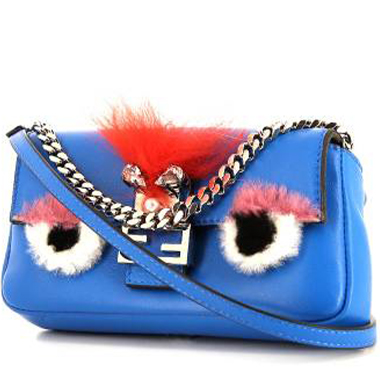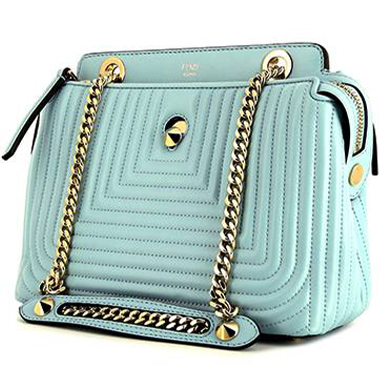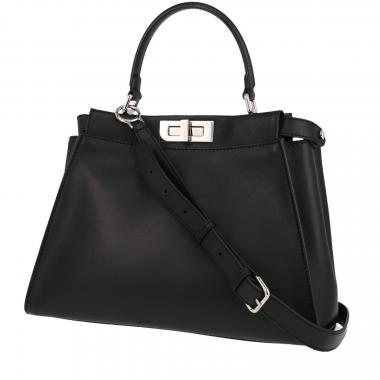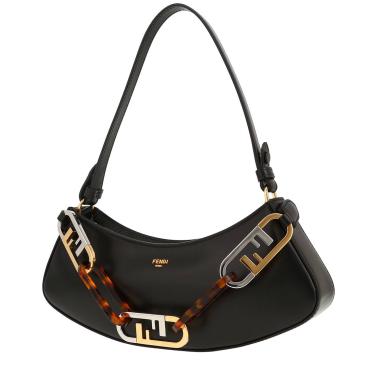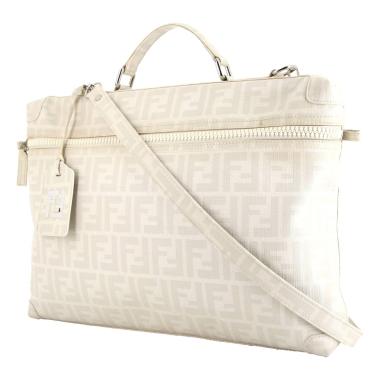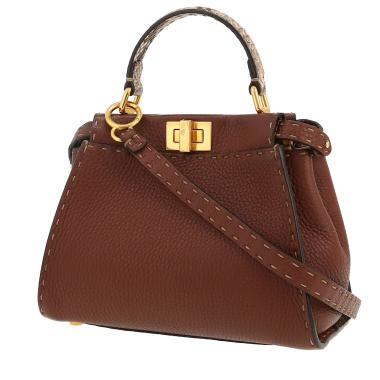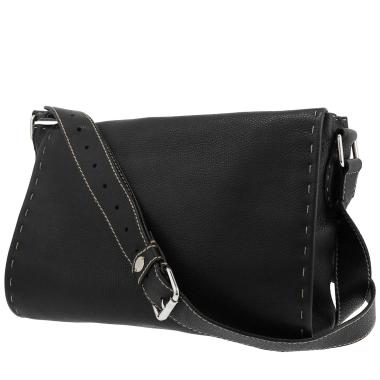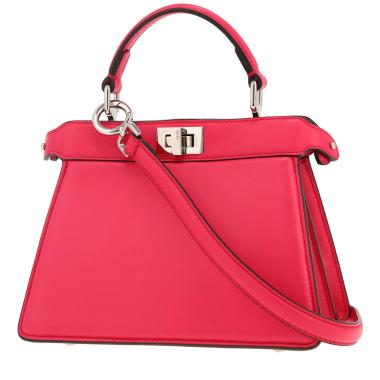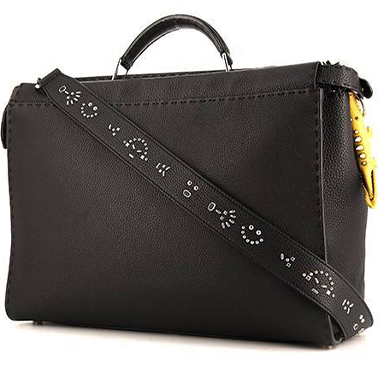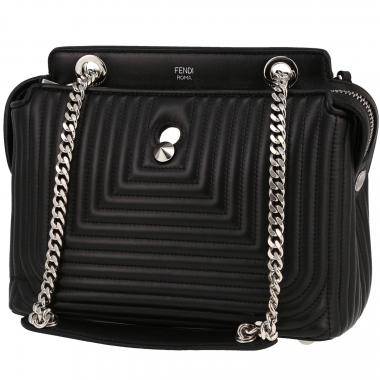The history of Fendi bags
The Fendi brand was launched in 1925 and was founded in Rome by Adele and Edoardo Fendi. It began with a small handbag shop and a
Minimise
Fendi bags
The Fendi brand was launched in 1925 and was founded in Rome by Adele and Edoardo Fendi. It began with a small handbag shop and a fur workshop in Via del Plebiscito. The quality of their designs attracted an ever increasing volume of customers.
The founders’ five daughters gradually entered the family business, which sought to become more and more innovative by offering new and surprising combinations of fabrics and colours. This is still Fendi’s approach to its designs that mix traditional knowhow with new technology.
Karl Lagerfeld joined the Fendi team in 1965 as artistic director. This collaboration would change the perception of fur which, until then, had been considered as a symbol of prestigious social status. Fur became a true fashion phenomenon and ensured the company’s success. Karl Lagerfeld also redesigned the Fendi logo as the double F that is now the symbol of the brand and of Italian-style luxury.
Fendi entered the ready-to-wear, accessories and fragrance market in the eighties along with home furnishings and interior decoration.
Some time later, La Selleria, a collection of entirely hand-made, high-end leather accessories made by master craftsmen, was given a makeover for modern tastes. This collection was created by Adèle Fendi and revised by her granddaughter, Silvia Fendi, who is now the artistic director of menswear and accessories and who reinterpreted the bags designed by her grandmother.
Then in 1997 she designed one of the brand’s classics, the Fendi Baguette bag. Since then over a million bags have been sold throughout the world.
In 2001 LVMH became the majority shareholder in the brand, but Fendi is still a family business.
Today, its products are sold all over the world and the brand has a network of 160 shops. Its turnover continues to increase and the company is pursuing its programme of shop enlargements.
